
Harvard Business School remains the gold standard for full-time MBA programs in many ways, the only M7 school that gets more than 10,000 applicants yearly
They’re called the M7 business schools, the most elite and prestigious list of full-time MBA experiences in the world. Here are the Magnificent 7 MBA programs:
 Stanford Graduate School of Business
Stanford Graduate School of Business
With an acceptance rate just a sliver below 6.0%, the GSB has the lowest acceptance rate of any full-time MBA program in the world.
 Harvard Business School
Harvard Business School
In any year, HBS’ full-time MBA applicant pool is the largest in the world, with more than 10,000 candidates vying for 941 seats. That comes to an acceptance rate of 11%.
 MIT Sloan
MIT Sloan
Sloan boasts the smallest incoming MBA class of any M7 MBA program, a reason why it’s acceptance rate is nearly equal to Harvard at 11.6%.
 Columbia Business School
Columbia Business School
Studying in New York City has wide appeal for many elite MBA applicants. That helps to account for CBS’ 16.5% acceptance rate.
 University of Pennsylvania Wharton School
University of Pennsylvania Wharton School
Of all the M7 schools, Wharton has the fewest applicants per available seat—7.7 candidates for each of its 864 classroom seats.
 Northwestern University Kellogg School of Management
Northwestern University Kellogg School of Management
With an acceptance rate of 20.1%, Kellogg is best known for its team-based, highly collaborative culture.
 University of Chicago Booth School of Business
University of Chicago Booth School of Business
Of all the M7 players, Booth has the highest acceptance rate at 23.5%. But don’t let that fool you. There are 8.1 candidates for every available seat, more than Wharton.
You can quibble forever over whether the Magnificent 7 really should be the Terrific 10, with Dartmouth College’s Tuck School of Business, UC-Berkeley’s Haas School, and Duke University’s Fuqua School of Business thrown in for good measure. Or you could even argue whether INSEAD and London Business School should be in this elite group.
But years ago, the deans of these top seven schools decided to form their informal network to share information and to meet twice a year, and through the years, the group has been limited by the self-anointed seven institutions. It’s not only the deans who get together. The M7 modality cascades down to meetings among vice deans, admission directors, career management directors, even PR, and marketing types.
SECRET MEETINGS TO TRADE GOSSIP, INFORMATION AND BEST PRACTICES
At the private sessions, for which the schools rotate hosting duties, business school officials trade gossip, best practices, and whatever topical issues end up on the agenda. In the aftermath of Lehman Brothers bankruptcy and the onset of the Great Recession, for example, the deans discussed how their schools were responding to the collapsing job market. There’s a good bit of jealousy about these tete a tetes, especially from the deans of schools just outside the Magic 7, who privately gripe about how elitist the whole exercise is.
But that really is the point of it all. These are, by and large, the toughest business schools to get into in the world. Last year, these seven MBA programs alone received 46,471 applications for admission, admitted some 6,627 candidates, for an acceptance rate of just 14.3%. Altogether, they enrolled just 4,438 lucky students. If you do the math, that’s about 10.5 applicants for every available class seat. But don’t despair. Many of those 46,471 candidates applied to several of the M7 schools. So the odds may not be as steep as the back-of-the-envelope calculations.
And, besides, not all M7 schools are created equal. No school can beat Stanford GSB when it comes to selectivity. Last year, the school accepted just 5.98% of the 8,173 candidates who applied for admission. That means 489 lucky people got invited to attend. Ultimately, the school enrolled a class of 418 students. Think of it this way: The GSB has 19.6 applicants for every seat in the first-year class, 8.6 more than Harvard Business School! No wonder Stanford also boasts the highest average GMAT scores of any MBA program in the world and, in turn, the highest starting compensation packages for MBA graduates.
HARVARD BUSINESS SCHOOL GETS THE MOST APPLICANTS OF ANY M7 SCHOOL
Yet, while Stanford is the most selective, more people apply to Harvard Business School every year than any other MBA program in the world. Last year, 10,351 candidates tried to get into the iconic business school. Just 1,138 were accepted and only 941 ultimately enrolled. While the 11% acceptance rate is nearly double Stanford’s, there are 11 applicants for every classroom seat.
What may surprise many is that MIT’s Sloan School of Management actually has more applicants per seat than Harvard at 14.4. That’s because MIT enrolls the smallest class among the M7 schools: Just 404 students last year when 5,798 candidates applied for admission and only 670 were admitted, for an acceptance rate of 11.6%.
Northwestern University’s Kellogg School of Management is among the most popular M7 schools, with 9.6 applicants for every seat in its two-year, full-time MBA program. Last year, 4,596 candidates applied to the two-year MBA experience, with the school admitting 925 and finally enrolling a class of 478.
WHARTON RECEIVES 7.7 APPLICATIONS FOR EVERY SEAT IN THE CLASS
Columbia Business School narrowly edges out the University of Chicago’s Booth School of Business in terms of applicants per available seat, 8.2 versus Booth’s 8.1. CBS, of course, has two entry points: Students who started the MBA program in August totaled 549 in eight clusters, while those who opted for the accelerated January start numbered 204 in three clusters. All told, 6,188 people applied to CBS, which admitted 1,019 and enrolled a total of 753. Booth, meantime, received 4,674 applications, admitted 1,099 and enrolled 580.
After HBS, Wharton enrolls the largest entering class of the M7. Last year that came to 864 students, culled from 1,287 who were admitted and 6,692 who applied. After HBS and Stanford, Wharton gets the third most applicants of the M7 group. All told, that translates into 7.7 candidates for every seat in the class.
DON’T MISS: M7 SCHOOLS: THE 2018 DATA IS IN AND THEY REMAIN MAGNIFICENT


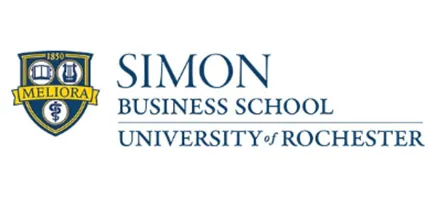
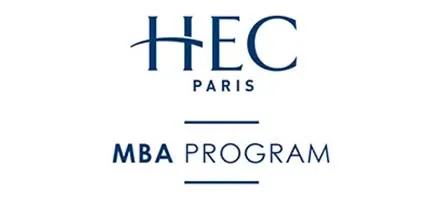
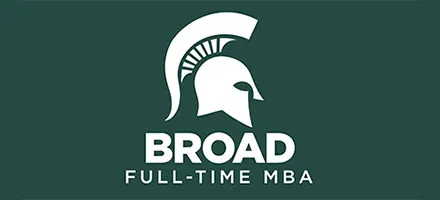

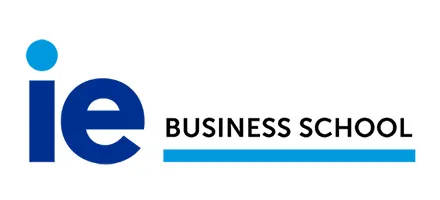
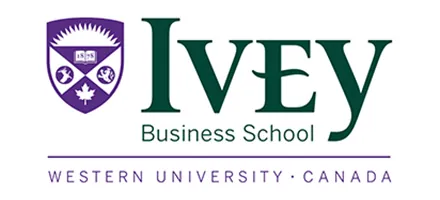
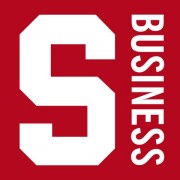 Stanford Graduate School of Business
Stanford Graduate School of Business Harvard Business School
Harvard Business School MIT Sloan
MIT Sloan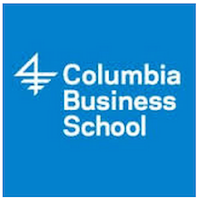 Columbia Business School
Columbia Business School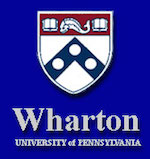 University of Pennsylvania Wharton School
University of Pennsylvania Wharton School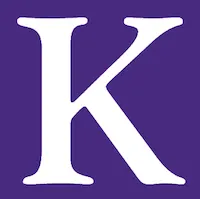 Northwestern University Kellogg School of Management
Northwestern University Kellogg School of Management University of Chicago Booth School of Business
University of Chicago Booth School of Business
